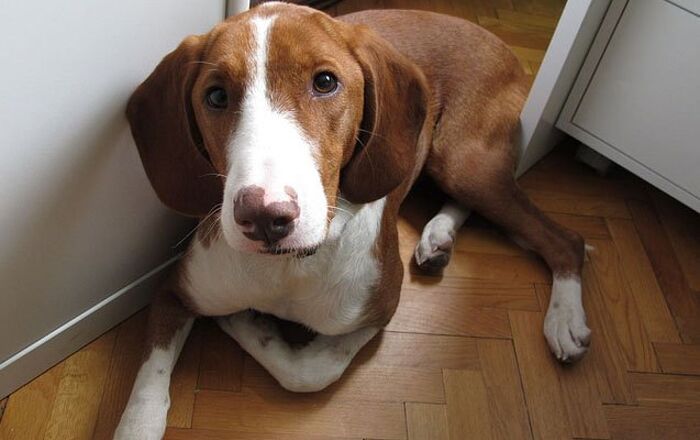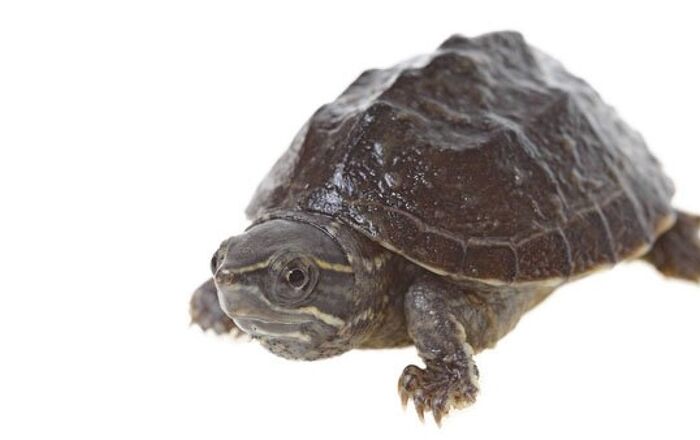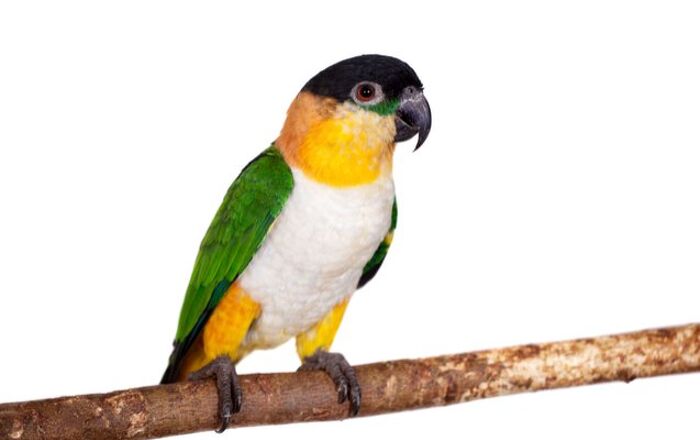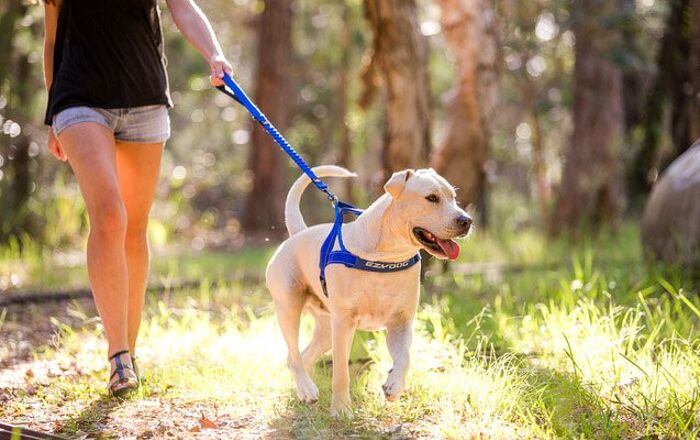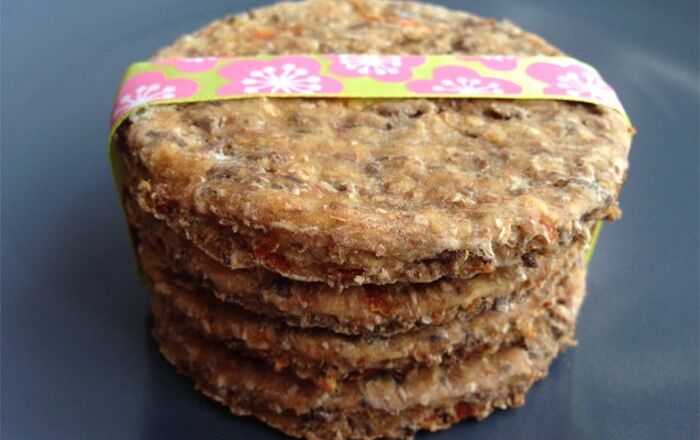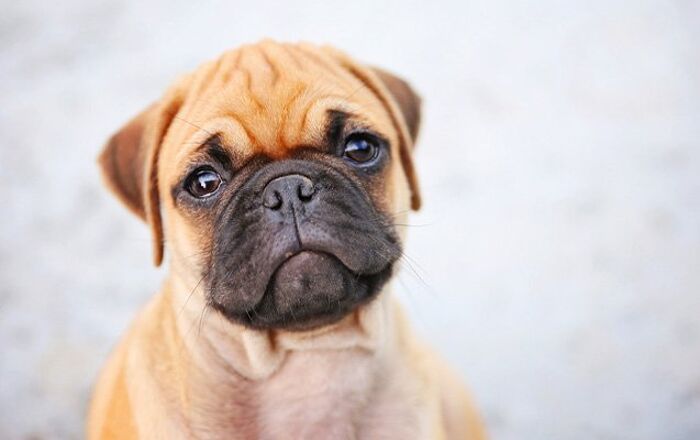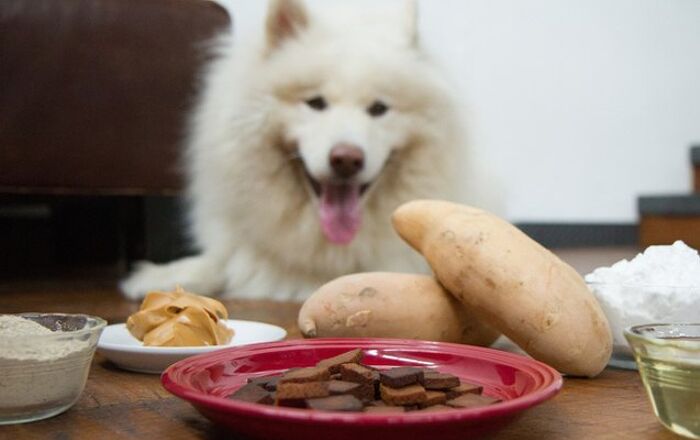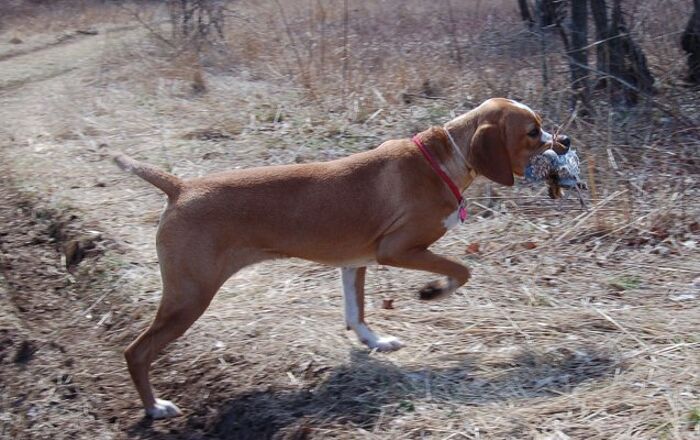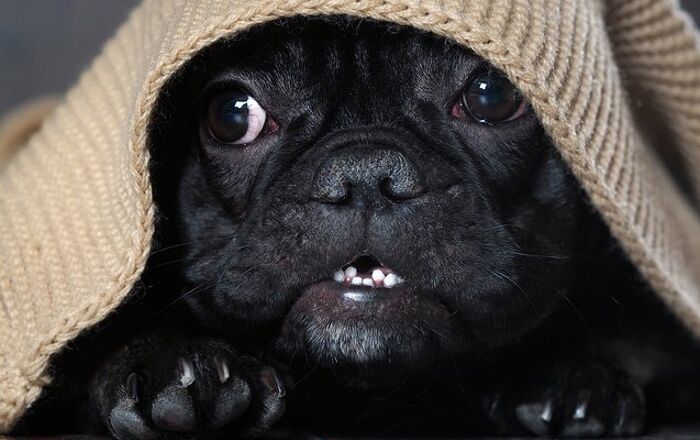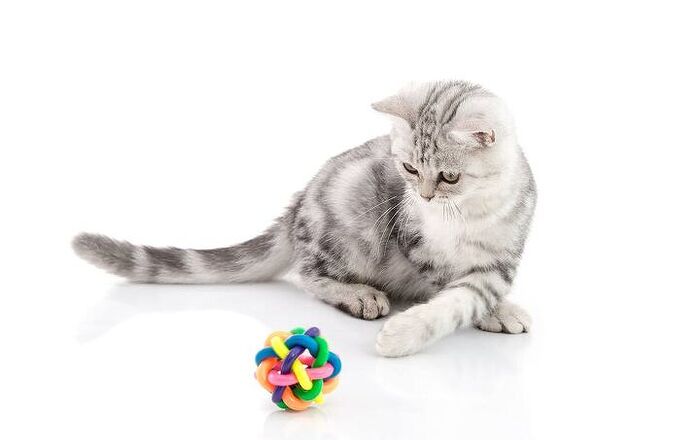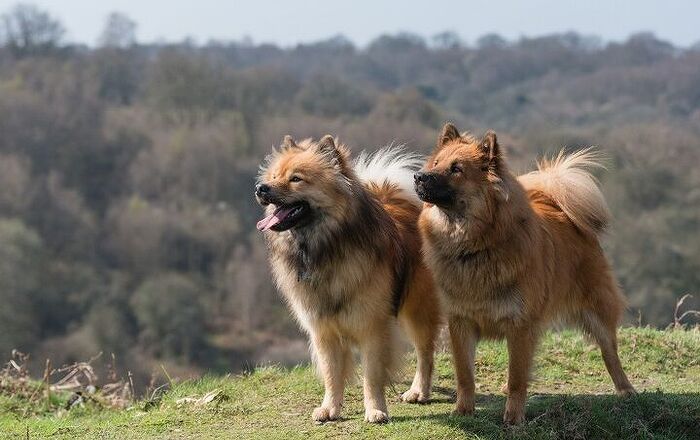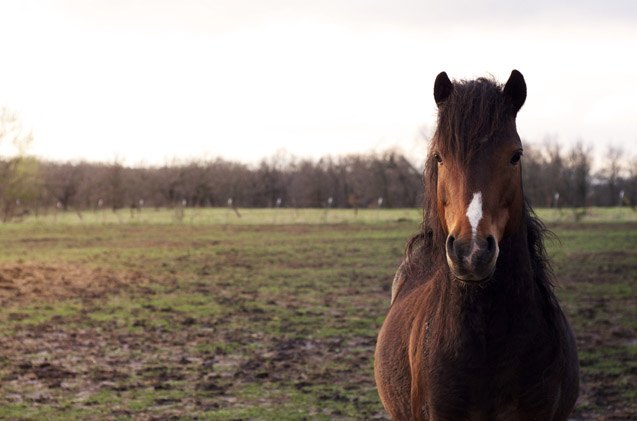
Hackney Pony Breed History
The Hackney Pony is related to the Hackney Horse. In fact, this breed does not even have its own breeding stud because it is usually just combined with that of the Hackney Horse.
This pony breed dates back to 1872, when Christopher Wilson developed it in order to create a new pony within the already popular Hackney Horse breed. To get the results that he wanted, the Hackney Horse was bred with the Fell Pony and the Welsh Pony. The result was a pony with similar characteristics to the Hackney Horse, such as agility and speed, but in a smaller package that would be ideal for carriage pulling, shows, and children.
In addition to being beautiful, the Hackney Pony also has an appealing personality.
At first, the Hackney Pony was referred to as the Wilson Pony. And because these ponies were kept outside even in tough conditions, the breed developed its endurance and ability to adapt to various conditions. By the time the 1880s rolled around, the Hackney Pony breed was finally established and known for its trotting ability. These little horses were used as carriage horses in Great Britain, and some were exported to the U.S. as well, where they were also used throughout the late 19th and early 20th centuries before cars were commonplace.
Although these ponies, like other equine breeds, declined in popularity and use with the rise of the automobile in the 20th century, the breed became more popular as a show pony following World War II. And these ponies were even used in the United States to develop the American Shetland Pony.
Today, the Hackney Pony is still a popular equine breed. As a show breed, Hackney Ponies could be categorized based upon their appearance, size, and show ring performance. These categories include the Roadster Pony, the Harness Pony, the Hand Pony, the Cobtail Pony, and the Pleasure Pony.
Breed Traits
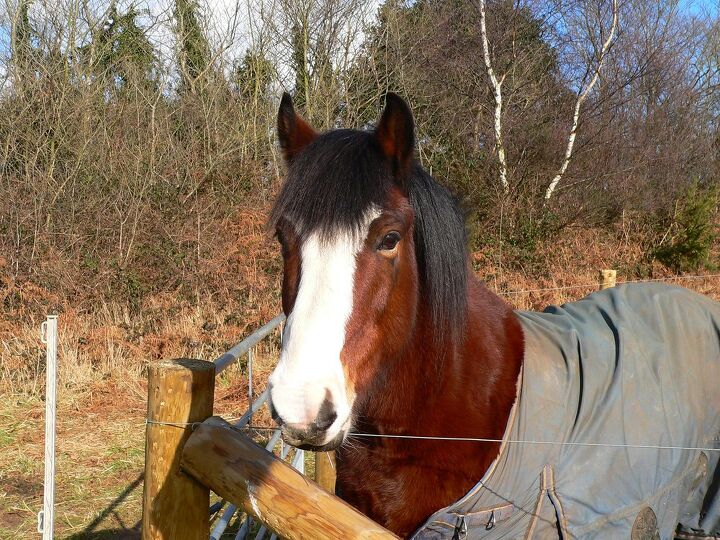
In addition to being beautiful, the Hackney Pony also has an appealing personality. These horses are calm, friendly, and smart. However, they could also be energetic and spirited, so care should be taken when they are around children until you get to know their personality.
On top of that, Hackney Ponies also like receiving plenty of attention from their caretakers, so they even look forward to being groomed regularly. Plus, this breed is known for being brave and alert. They have great stamina and enjoy being active, so they make great show ponies and fun pets. Therefore, a Hackney Pony may not be the best choice for those who don’t plan on giving their horse attention and allowing their pet to release his energy in productive ways.
The Hackney Pony is related to the Hackney Horse.
Overall Description
The adorable and elegant Hackney Pony features small ears and a small yet fine muzzle. You will also notice large, bright eyes that are alert and bold. The head is small and convex, while the neck is well formed and long.
The body is compact and slim, and the frame is light. The legs are strong, the feet are hard, and you may notice that these ponies hold their heads high as well. There is great depth in the chest, the shoulders are powerful, the tail is well set on the pony’s quarters and it is carried high, and the withers are low.
This pony moves with a gait that is referred to as the park trot. This means that the animal’s knees will rise up high. So another defining characteristic of this breed is how it moves.
Hackney Ponies have great stamina and enjoy being active.
Colors
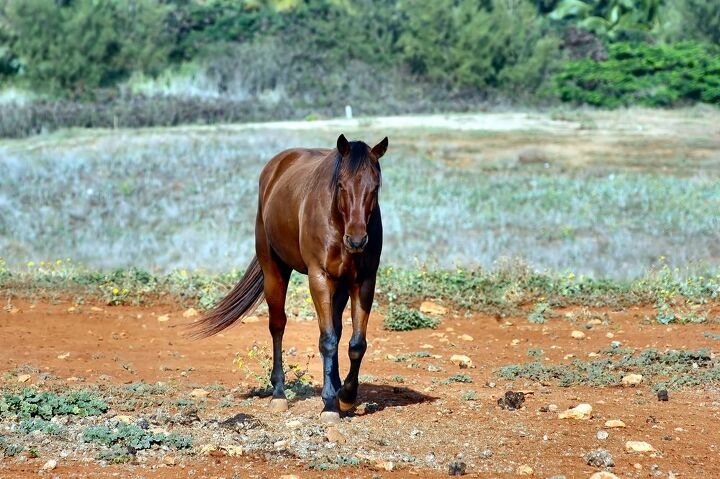
The fine and silky coat of the Hackney Pony could be black, chestnut, or bay in color. The majority of these ponies, though, will feature a bay colored coat, while chestnut colored Hackney Ponies are considered rare. And some Hackney Ponies could also feature a few white markings on the body, head, and legs.
Grooming Requirements
To keep your Hackney Pony looking healthy, you do not need to do anything special. Instead, the same basic grooming routine that you can use when caring for any other horse can also be employed for this pony. To get started, all you need is a standard grooming kit for horses. Then it is a matter of setting a routine of grooming your horse to help keep him clean and happy. Your pony should really enjoy the attention and look forward to the grooming sessions, as this breed likes to be pampered.
You could bathe your Hackney Pony with a gentle shampoo designed for horses whenever it is necessary to do so. The rest of the time, you could use a curry comb to remove loose hair and debris from your pony’s coat. Using circular motions with this tool will help you get good results. You could then follow that up with a body finishing brush to cover sensitive areas like the legs before using a shedding blade and dandy brush to remove even more excess hair and debris. Next, to clean your pony’s face, you could just use a soft cloth that has been moistened with some water. Gently clean the areas around the ears and eyes. Finally, you can use a hoof pick to clean out the hooves, a tail brush to comb out the tail to keep it smooth, and a mane comb to remove tangles and keep the mane looking lustrous.
By Kym Andersen/Shutterstock; casinozack/Shutterstock; Robert J. Beyers II/Shutterstock

